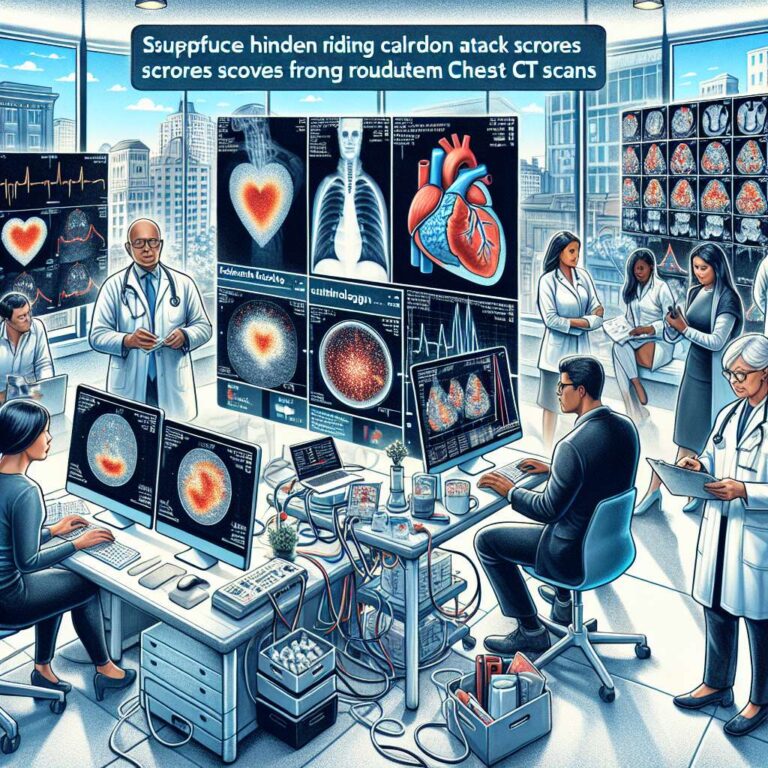Startups including Bunkerhill Health, Nanox.AI, and HeartLung Technologies are deploying Artificial Intelligence algorithms to scan millions of routine chest CT images for coronary artery calcium, an established marker of heart attack risk that is often overlooked when scans are performed for other reasons. With an estimated 20 million Americans receiving chest CTs annually, proponents argue this could transform public health by surfacing high-risk patients whose risk is effectively hiding in plain sight. While the potential is significant, the approach remains unproven at scale and raises complex questions about implementation and the very definition of disease.
Coronary artery calcium reflects a late stage in plaque evolution, implying that earlier, more rupture-prone plaque may be present even when calcified deposits appear stable. Traditionally, quantifying calcium scores requires a dedicated heart CT, but algorithms can estimate scores from routine scans and automatically alert patients and clinicians to abnormally high results. Adoption is still limited but growing, and proponents say this could reach people who are not routinely screened or who sit on the margins of care. Attitudes toward calcium scoring are shifting, with some expert groups endorsing it to refine cardiovascular risk and persuade hesitant patients to start statins, despite historical skepticism and spotty insurance coverage.
Evidence gaps and operational hurdles loom large. Population-level screening has not shown clear mortality benefits, as illustrated by a 2022 Danish study, raising doubts that automated delivery alone will change outcomes. Health systems also lack standardized pathways to manage a surge of incidental high scores, risking more work than value, as Bunkerhill Health cofounder Nishith Khandwala notes. Clinically, the utility can be ambiguous: a zero score may not reassure symptomatic patients, and it is unclear whether high scores should trigger costly therapies such as PCSK9 inhibitors or lead to downstream procedures that may cause harm. Reimbursement is limited, and the current business case may hinge on perverse incentives rather than proven benefit.
The technology also signals a conceptual shift toward what one expert calls “machine-based nosology,” where algorithms define diseases outside traditional diagnostic workflows. That raises equity concerns about a tiered future in which some patients access premium algorithms while others receive lesser options. For people with no clear risk factors or those detached from regular care, algorithm-derived calcium scoring could catch problems earlier, yet the key questions of delivery, follow-up, and measurable outcomes remain unsettled. For now, clinicians remain central as they navigate between patient context and algorithmic findings.

